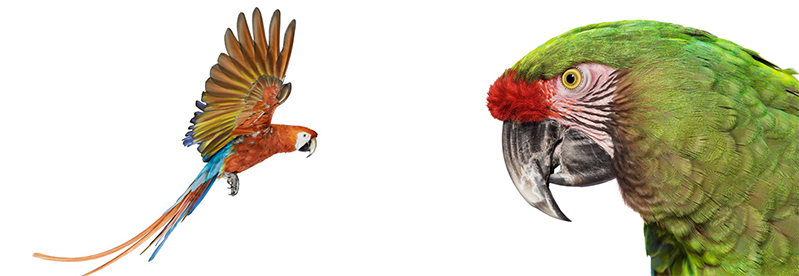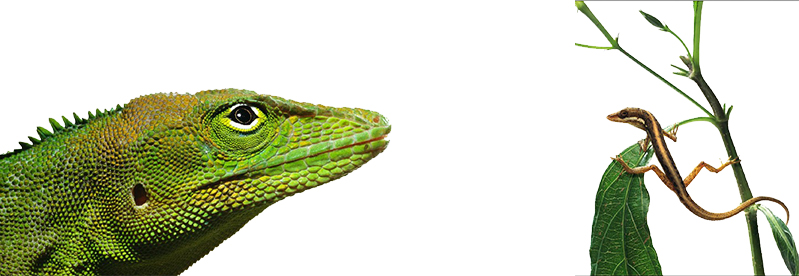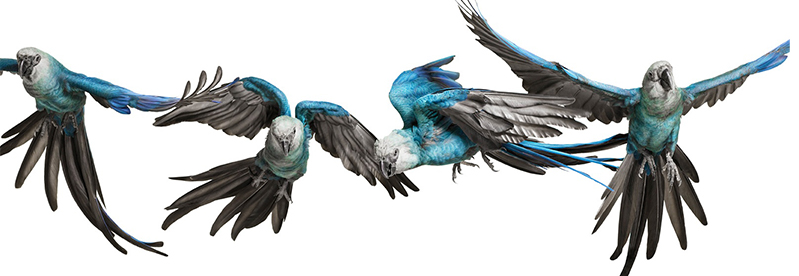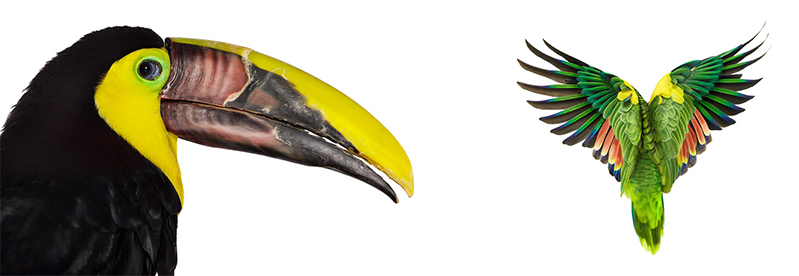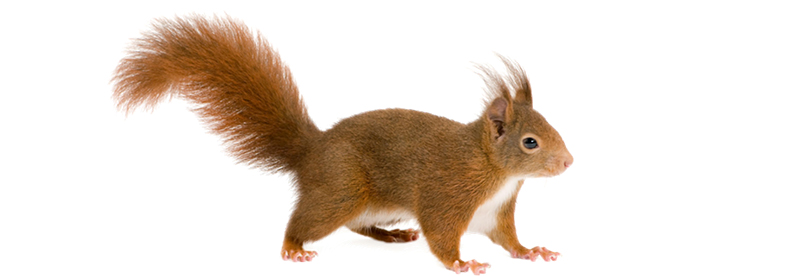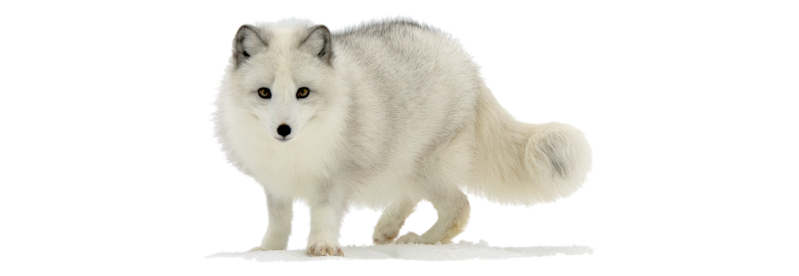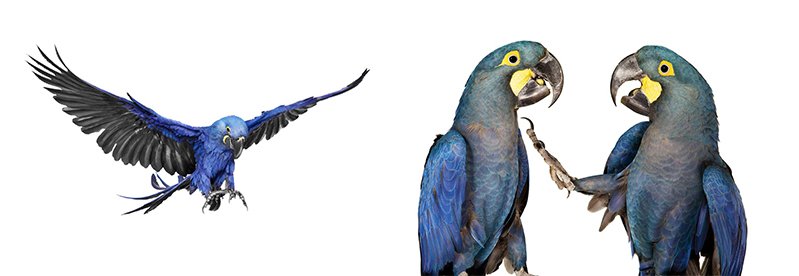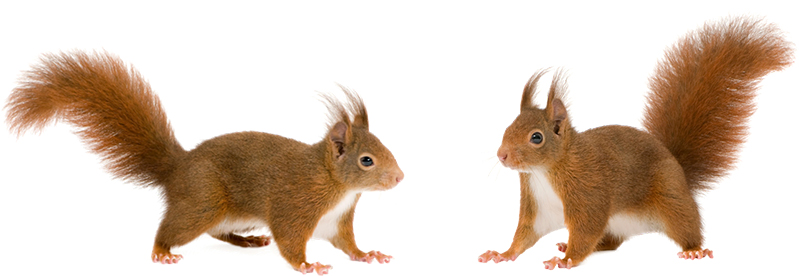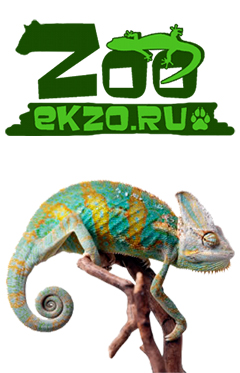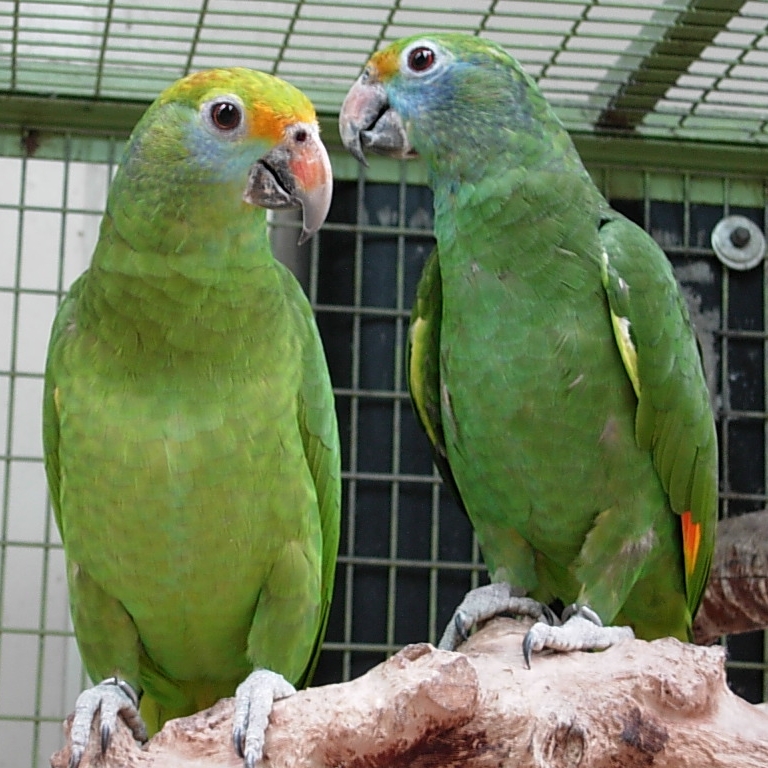
Blue-cheeked amazon, orBlue-cheekedparrot, orDufresne's amazon (Amazona dufresniana)
Phylum —chordata
Class — aves
Order — psittaciformes
Family — psittacidae
Genus – amazona
Appearance
It is about 34 cm (13 in) long. Its coloring is mostly green, with blue cheeks from around the eye to the neck (less on young), a yellow-orange wing speculum, a yellowish crown, and orange lores (the region between the eye and bill on the side of a bird's head).
Habitat
These parrots found in northeast South America in eastern Venezuela, the Guianas and possibly far northern Brazil.
Behavior
Birds are not shy and quite noisy. They live in small flocks (up to 30 individuals). Duringmating, theyaredividedintopairs.
Diet
They eat what usually grows in the rainforest: different nuts and seeds, mango, citrus fruits and other fruits.
Reproduction
The breeding season is March-August. They nest in old or rotting tree cavities — hollows. There are 2-5 eggs in a clutch. The incubation period is 26-28 days. Birds are very careful when hatching eggs. Feeding lasts 8 weeks.
The average life expectancy is 50-60 years.
In captivity
Keep the Blue-cheeked amazon in a spacious cage or aviary. The ideal size of the cage is such that parrots can fly freely in it (1x1x2,2 m). The cage must be locked with a strong and reliable lock so that the bird does not fly away. Inside the cage, you need to make several shelters in which the parrot will hide. It is desirable that the cage has an exit to the street, so that the amazon can spend time outdoors and take a sun bath. The Blue-cheeked amazon is sensitive to the absence of ultraviolet light. If he does not have enough natural ultraviolet light, it is necessary to install UV lamps in the enclosure for at least half an hour a day.
Clean the amazon cage every day, and once a week it is necessary to wash the contaminated areas of the cage, perches, toys. Also, you should replace the water in the drinking bowl with fresh water every day, and remove the remaining food from the cage. Perches and branchesshould be replaced in the cage as birds gnaw them.
Bathing of parrots is vital for their plumage and good skin condition. If the feathers are faded, they can be sprayed with fresh water from a spray bottle. After such a bath, leave the parrot to dry in a warm room or in the sun.
It is difficult for the Blue-cheeked amazon to live at low temperatures. The minimum temperature in winter should be at least 18 oC.
Amazons are fed granulated food with a high protein content. Fresh vegetables and fruits are added daily to the food. When overfed, parrots become very picky about food. Because of their predisposition to obesity, amazons are given small amounts of sunflower or safflower seeds (only as a treat). If amazons are fed only seeds, they are additionally given vitamins and minerals to prevent the development of beriberi. It is preferable to add vitamins to soft foods rather than to water, since such water serves as a good environment for the development of pathogenic bacteria.
High humidity is required during breeding. The minimum sizes of cages for breeding pairs: 2х1х2.20m, a house for breeding 25x25x60 cm. Its bottom is covered with wood shavings for 10-20 cm. Sometimes some or all of the chicks have to be fed artificially. It is better to start artificial feeding when the chicks are 5-7 days old. During this period, parents will have time to supply their children with the necessary intestinal flora and enzymes that enter the stomachs of the chicks with food.
For the first few days, the parents feed the chicks with semi-liquid gruel, regurgitated from their own stomachs, and in the following days-seeds swollen in the goiter and other food received from humans.
 Russian
Russian
 English
English

